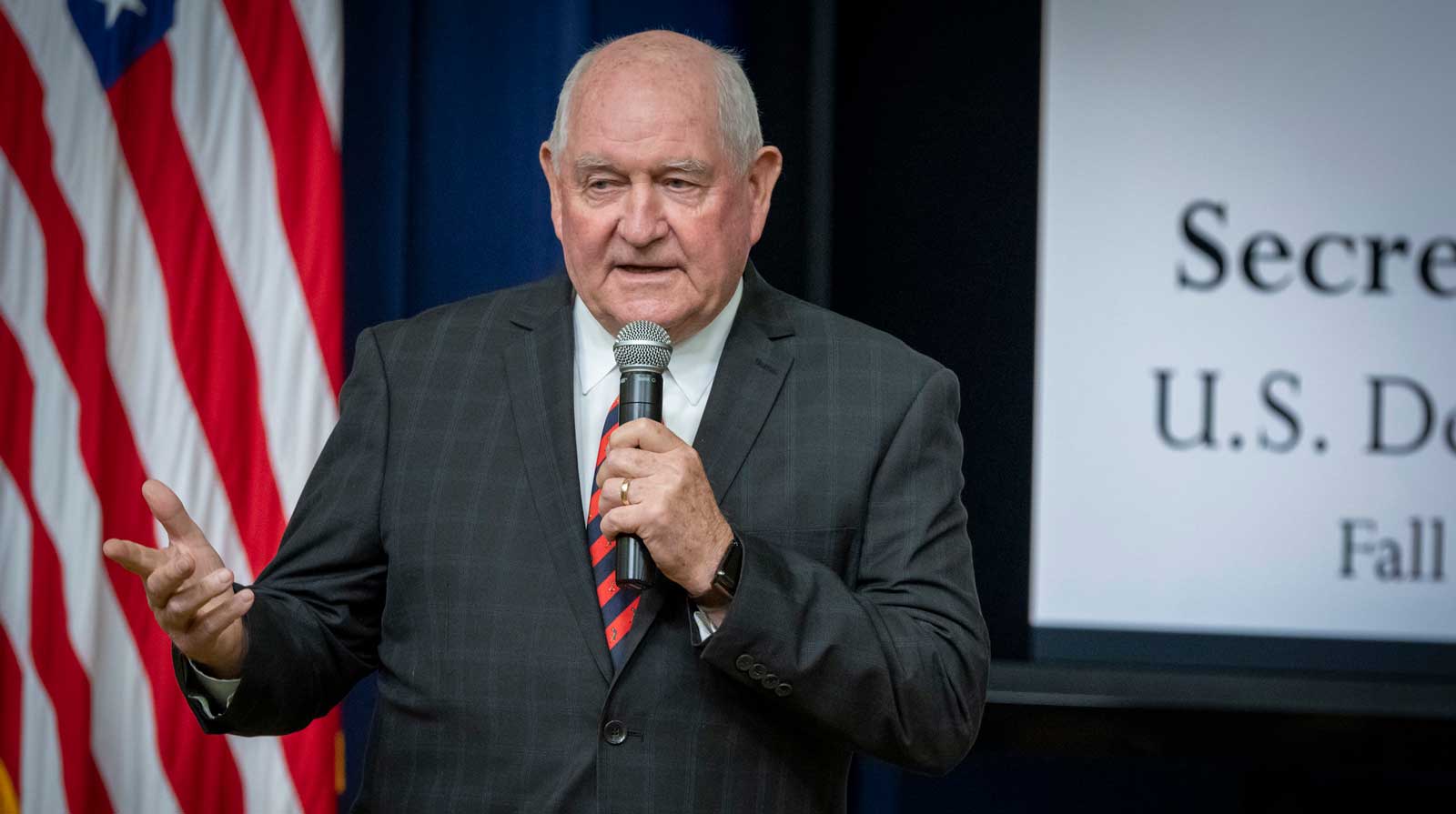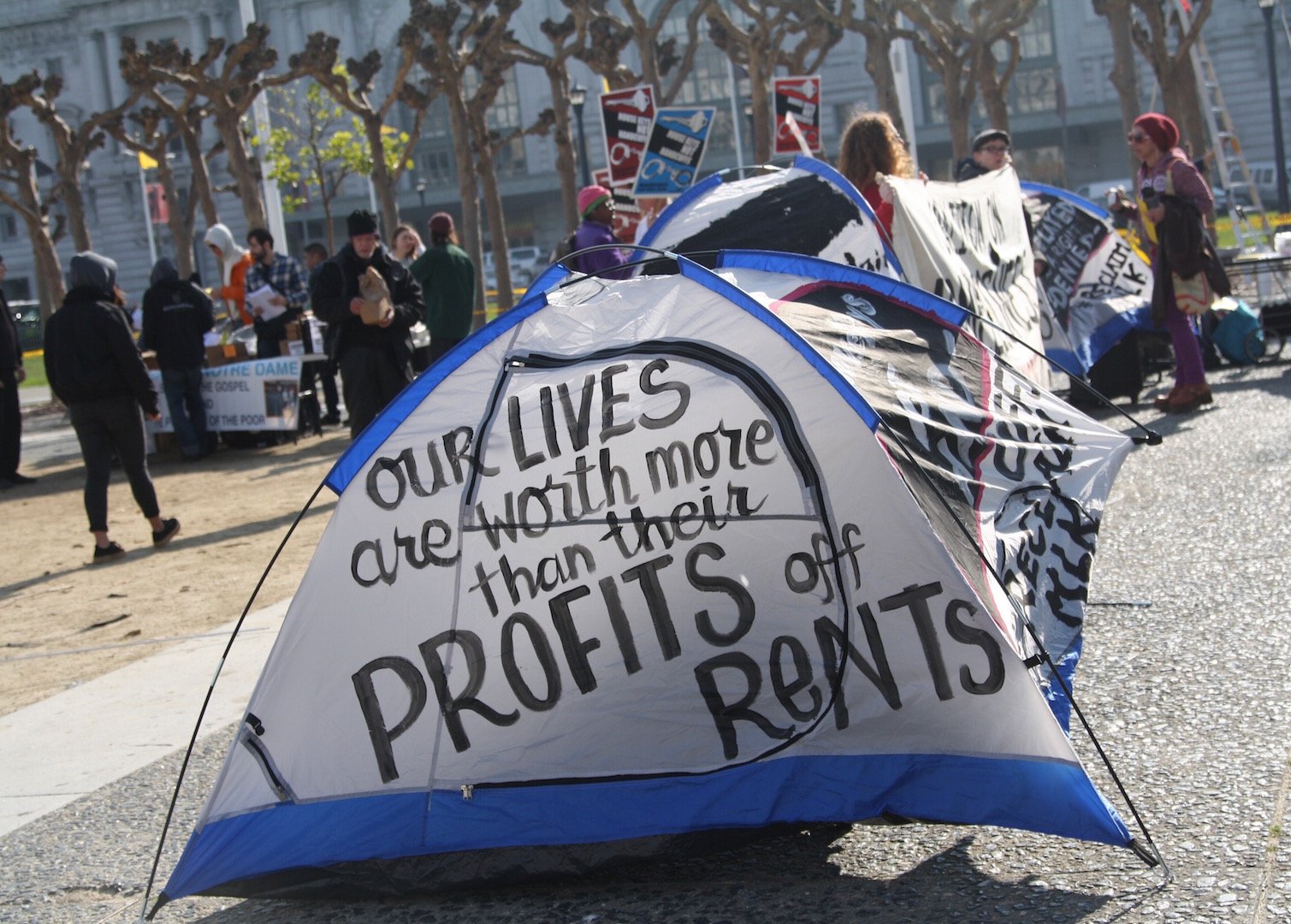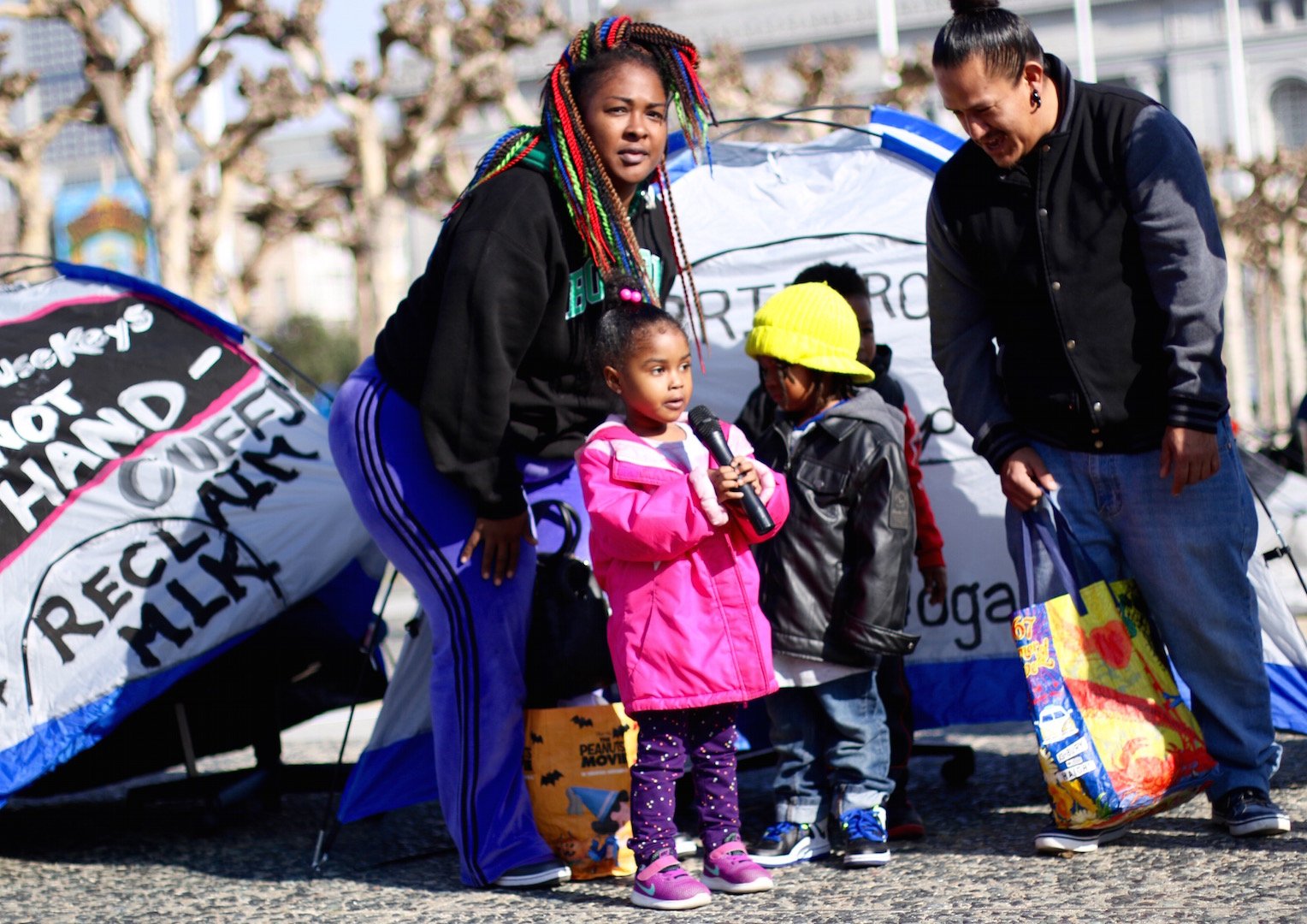Feeding the Rich While Starving the Poor: Trump Administration’s Cuts to Food Assistance

Early December, the Trump administration finalized a rule that will tighten work requirements to qualify for food stamps; a decision that will strip desperately needed food assistance from an estimated 700,000 people.

The administration points to the low unemployment rate as justification for cutting off those it sees as taking advantage of the assistance. "Government dependency has never been the American dream,” offered Sonny Perdue, the secretary of Agriculture and longtime proponent of rolling back such programs. However, claiming that those who will be cut from assistance are simply idle government dependents demonstrates a willful ignorance over who will be impacted.
The move is especially ruthless, as it will impact those who are already experiencing homelessness, have significant health issues, or already struggling to reach 20 hours of work per week at multiple low-income jobs. While most low-income, non-disabled adults work, their job security is low and they struggle through periods in between jobs, often relying on temporary or variable-hour labor. When in between jobs, food assistance provides a critical lifeline for low-income groups. Living far below the poverty line and with monthly income averaging just US$600, those who will be affected are especially vulnerable. Overall, people of color, those without higher education, and those in rural areas will be the hardest hit.

This move is the first in a series of efforts by the Department of Agriculture to cut the Supplemental Nutrition Assistance Program (SNAP) - previously known as food stamps. According to a recent study by the Urban Institute, if all these proposed regulatory changes are adopted, food assistance to nearly 4 million people would be cut and nearly a million children would lose free or reduced price school lunches.
With food insecurity affecting more than 820 million people globally, it is all too easy to forget how pressing this issue remains within the US, where over 37 million people– including 6 million children, live in food insecure households. Further limiting who can receive SNAP will likely worsen these numbers, as the program is the primary source of nutrition assistance for low-income groups and has been found to reduce the overall prevalence of food insecurity by up to 30 percent.
In one of the wealthiest and most powerful countries in the world, allowing millions to suffer from food insecurity is a policy choice.
This choice has been made after passing a massive, US$1.5 trillion tax cut package to the wealthiest individuals and corporations. These cuts have not benefited the middle class, raised wages, or spurred investment, as the corporate savings have fueled record “stock buy-backs” that benefit shareholders instead of workers. Others to benefit from Trump’s handouts are large agribusiness. In response to a self-inflicted trade-war that has seen China implement retaliatory tariffs, Trump ordered the USDA to distribute a US$28 billion bailout to impacted farmers. According to data analyzed by the Environmental Working Group (EWG), half of the US$6 billion given between August and October 2019 went to the top 10 percent of recipients– the wealthy owners of the largest, industrial-scale farms. Instead of means testing bailout recipients (just as USDA does for SNAP) and targeting American farmers struggling on the margins, the Trump administration is yet again granting handouts to the rich while further limiting support to those struggling to make ends-meet.

While the administration estimates the cuts to SNAP will save on average just over US$1 billion a year (US$5.5 billion over five years), the move has nothing to do with fiscal responsibility. To place the savings from the SNAP cuts in further context, the nonpartisan Congressional Research Service estimates that as a result of Trump’s tax bill cuts, government revenue fell by US$40 billion from 2017 to 2018. In mid December, both houses of Congress passed a massive defense spending bill that, in addition to creating the “Space Force”, authorizes US$738 billion in military spending for 2020– an increase of US$30 billion from 2019. Spending at this level further indicates where the administration’s priorities reside.
Together, these measures further intensify inequality in a country where the richest one percent holds over 42 percent of national wealth. This trend has only grown over the past 50 years, as the wealth of the top one percent has grown 100 times the rate of the bottom 50 percent. The wealth of American millionaires and billionaires continues to climb alongside homelessness. This stark contrast is all too familiar in California, where an estimated 130,000 homeless people live. In the Oakland Institute’s home Alameda County, homelessness jumped by 43 percent from 2017 to 2018.
Those waiting for the massive wealth held by our richest citizens to trickle down and benefit the entire country should not hold their breath. While inequality at this scale is not inevitable, it will continue until it is confronted head-on by a government not beholden to the richest handful of Americans.
